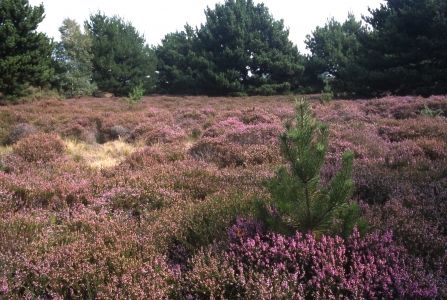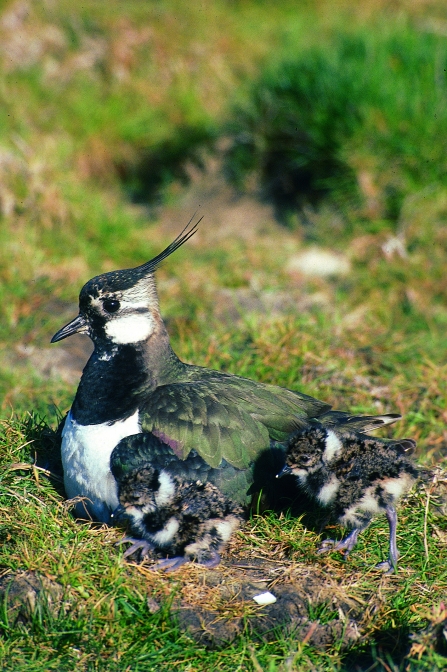The kids were born under the watchful eyes of our Conservation Grazing Project staff and will join the ranks of goats, sheep, ponies and cows that munch their way through scrub on nature reserves across our region, helping to provide homes for rare wildlife.
Thousands of years ago, large herbivores like aurochs and elk would have roamed Britain. These ancient animals were like living lawnmowers, eating scrub, tough grasses and tree saplings so other plant and wildflower species could flourish. This in turn helped specialist invertebrates, birds and mammals to thrive in the differing habitats. Without grazing animals, these open habitats would have eventually been dominated by trees and the wildlife living there would have been replaced by woodland species. Conservation grazing animals replicate the effects of wild herbivores on the land.


